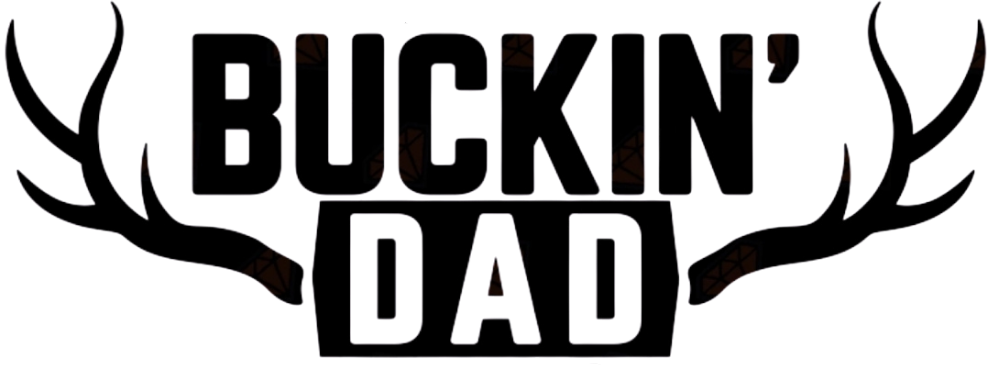How to Track Game: Advanced Techniques for Experienced Hunters
Once you've mastered the basics of tracking, it’s time to dive deeper into more advanced techniques that experienced hunters use to stay on the trail and improve their chances of success. Tracking is an art form that requires patience, attention to detail, and a deep understanding of the terrain and the animals you're pursuing. Let’s explore some advanced techniques to take your tracking skills to the next level.
🦌 1. Learn to Read Subtle Tracks and Signs
As an experienced hunter, you should be able to read the subtle clues that tell you what an animal is doing. It’s no longer just about identifying a track—now, it's about reading the story behind it. Look for:
-
Disturbed vegetation: Bent or broken branches, disturbed leaves, or trampled grass tell you the direction the animal is moving.
-
Footwear and drag marks: If the track is faint or partly obscured, check for drag marks or marks left by the animal’s body as it moves through dense vegetation.
-
Pressure and depth of prints: A deep track indicates the animal is carrying more weight or is moving more slowly. A shallow track indicates it’s moving quickly or cautiously.
🐾 2. Track Animals in Different Weather Conditions
Weather plays a huge role in tracking success. In dry or hard ground conditions, it can be difficult to see tracks clearly, but in the right conditions, tracks can become much more visible. Here’s how to take advantage of the weather:
-
After rain: Tracks become much clearer as the ground softens. Look for muddy footprints and signs of movement along trails that are easier to follow.
-
In cold or snowy weather: Snow is a game-changer for tracking. Fresh tracks are clearly visible and easy to follow, but make sure you’re tracking early in the morning before the sun melts the snow.
🌲 3. Understand the Terrain and How Animals Move
Animals are creatures of habit. As you track, keep in mind the types of terrain they prefer. They’ll often follow the same routes or take the easiest paths through the landscape.
-
Know where animals feed: Most game will move toward feeding areas like forests, fields, or water sources. If you find a scrape or fresh droppings, you’re likely on the right trail.
-
Look for transitions: Animals are more likely to cross through transition zones—places where two different habitats meet, like forests meeting fields or wetlands meeting dry land.
-
Use contour lines: If you’re hunting in mountainous areas, remember that animals tend to move downhill in the morning to feed, then head uphill in the afternoon to rest in the cooler parts of the landscape.
🦅 4. Understand Animal Behavior and Use It to Your Advantage
At an advanced level, you need to think like the animal you’re hunting. Consider the animal's behavior and how it might affect its tracks and movements. For example:
-
Deer: They are most active during dawn and dusk, so their tracks will be fresher at these times. They often bed down in thick cover during the day, especially during warmer months.
-
Boar: Wild boars are more likely to stay close to water sources and will often travel in sudden bursts of speed. Their tracks can be difficult to follow since they can quickly change direction.
-
Turkeys: Turkeys will often follow established game trails but can also be found near fields and hardwood forests. They tend to roost at night and are usually active early in the morning and late in the afternoon.
By understanding an animal’s daily patterns, you can predict its movements and track more efficiently.

🧭 5. Follow Fresh Sign and Avoid Overtracking
Experienced hunters know that sometimes it’s better to leave a track and look for fresher signs. Overtracking is a common mistake among beginners who are determined to stick to a trail. If the track is over an hour old, the animal may be far ahead, or it may have changed direction.
-
Check the freshness of the sign: Look at the edges of tracks—if they’re crisp, the animal is likely still close. If the edges are blurred, the track is older.
-
Look for hot trails: Pay attention to signs like fresh droppings or disturbed ground that indicate recent activity.
🏞️ 6. Use the Wind to Your Advantage
Understanding wind patterns is crucial for advanced tracking. Even the best trackers can be thwarted by wind if they don’t use it to their advantage.
-
Always stay upwind of your target to avoid giving away your position.
-
Animals, particularly deer and wild boar, rely heavily on their sense of smell. By using wind direction to guide your movement, you can stay undetected while tracking.
🔍 7. Use Technology to Enhance Your Tracking
In today’s modern world, technology can give you an edge in tracking. Use tools such as:
-
GPS devices: To mark your tracking route, keep track of areas you’ve already searched, and help you return to camp.
-
Trail cameras: Use cameras to track wildlife movement and plan your hunt based on their feeding or resting times.
🦌 Final Thoughts
Mastering the art of tracking takes time, patience, and continuous learning. By incorporating these advanced techniques into your hunt, you’ll improve your skills and become a more effective hunter. Always remember, the best hunters are those who observe the environment, understand animal behavior, and stay persistent on the trail. Keep honing your tracking skills, and you’ll see the rewards in your hunts.





